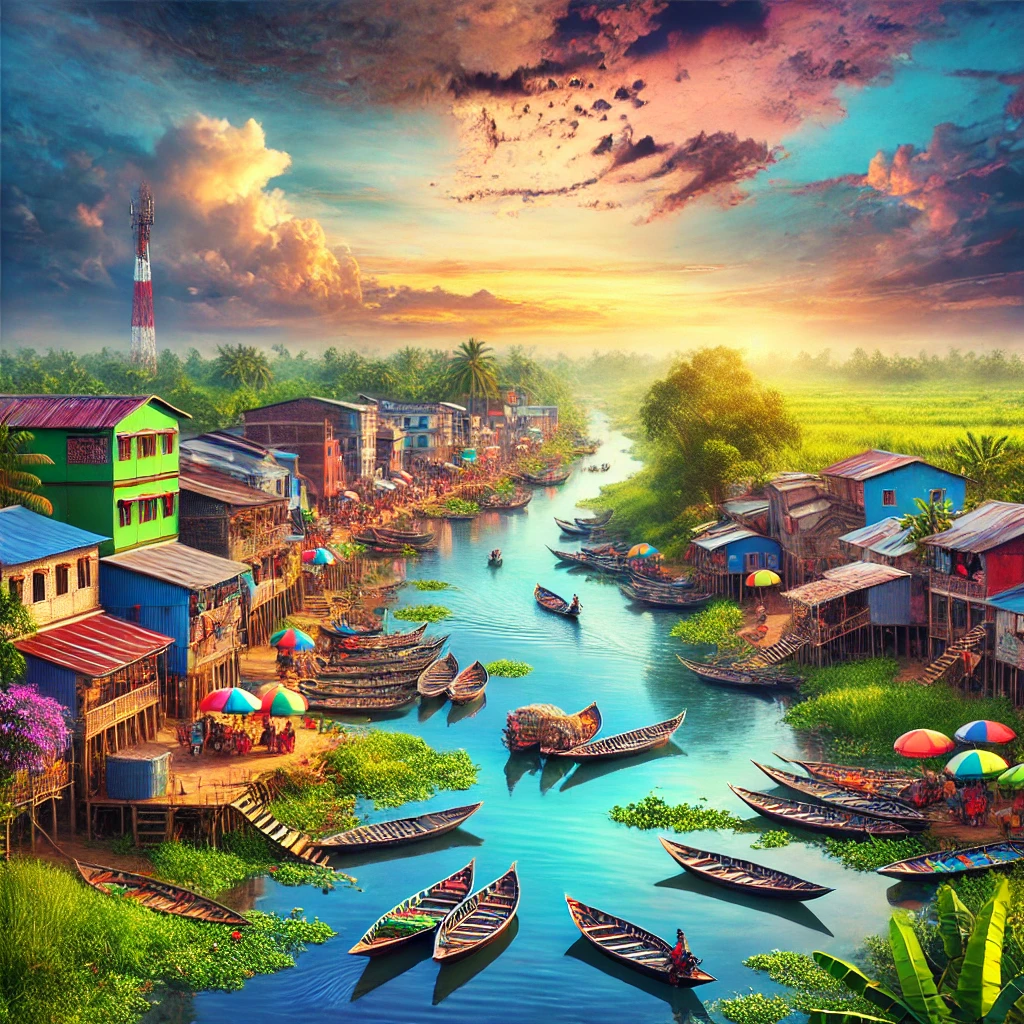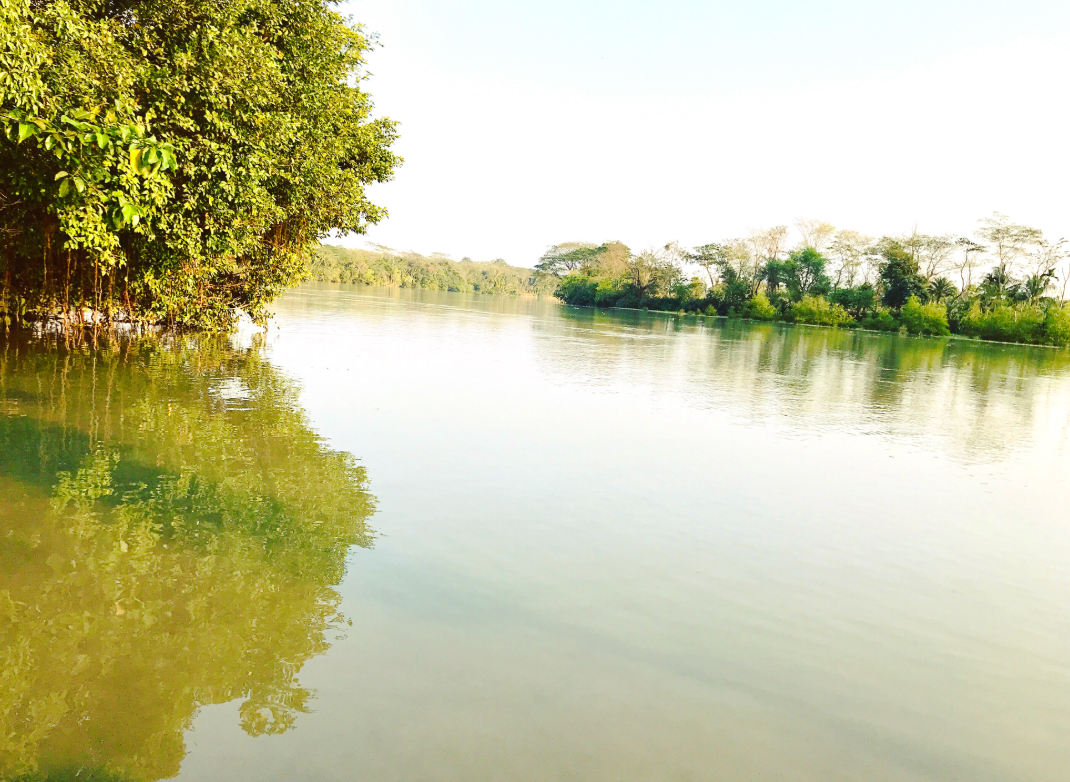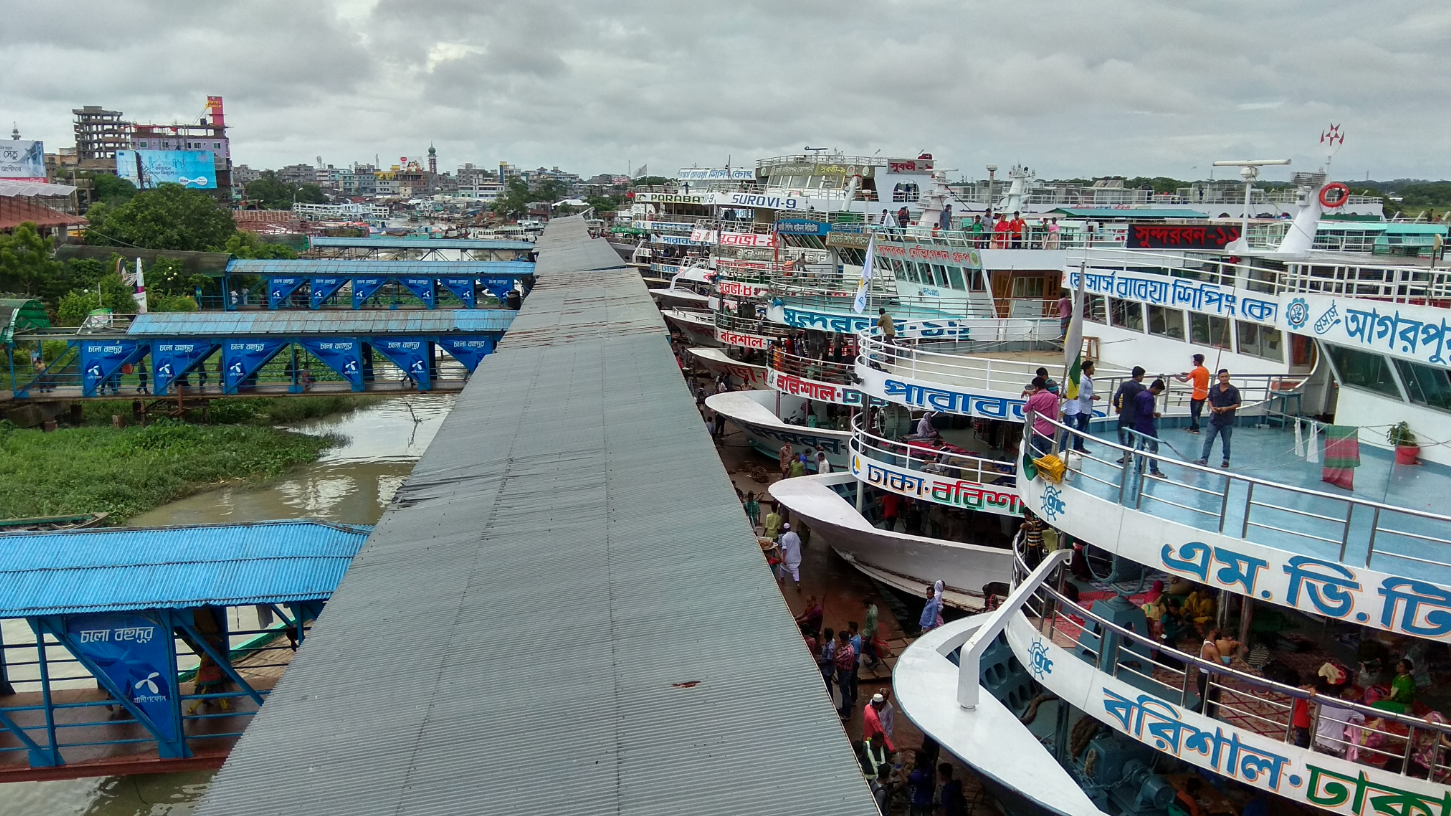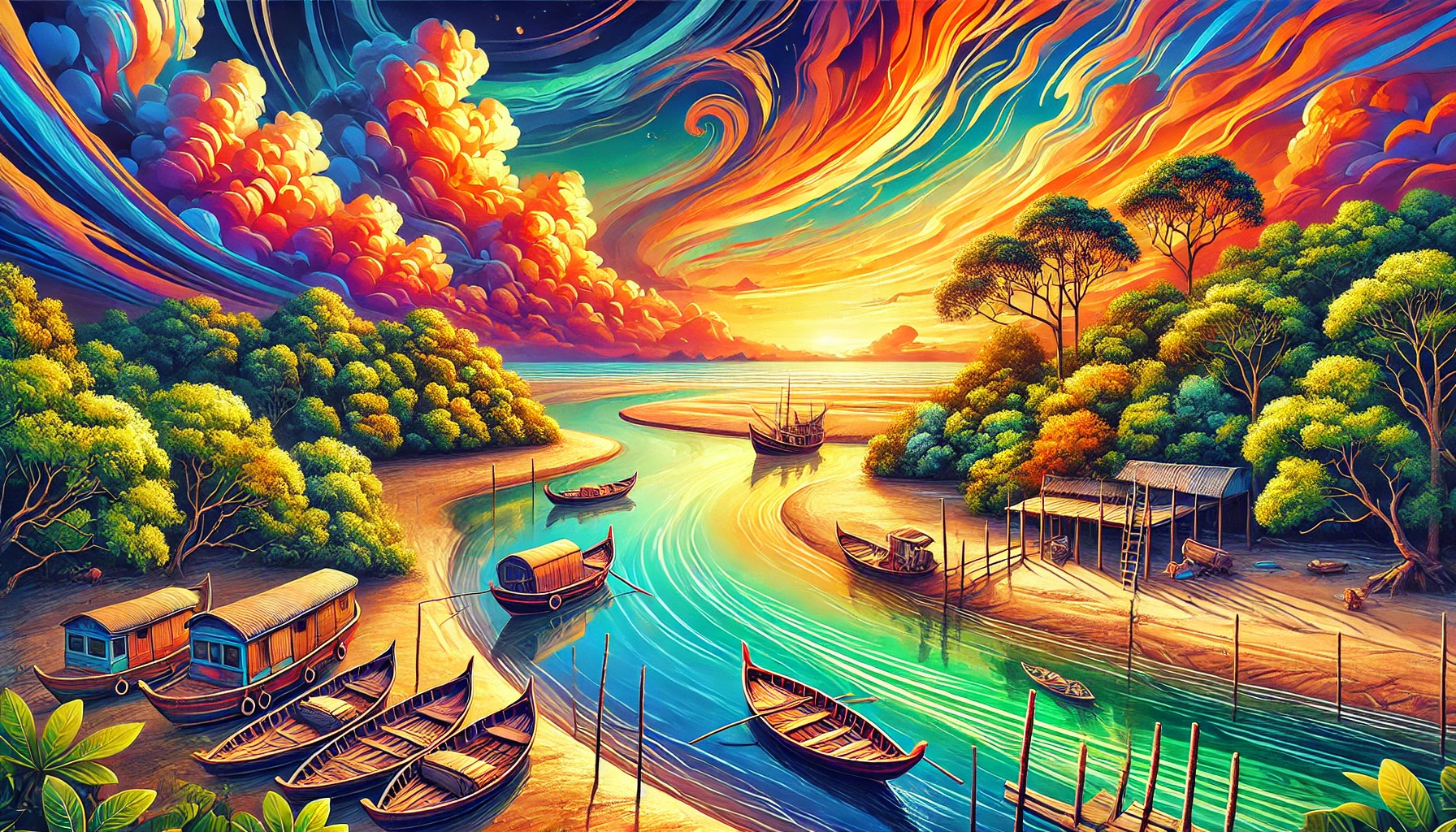Jhalokati, often hailed as the “Venice of Bengal,” is a district that epitomizes the harmony of natural beauty, historical legacy, and vibrant culture. Situated in the Barisal division of southern Bangladesh, Jhalokati is famed for its extensive network of rivers, floating markets, and heritage sites. This water-centric district provides a serene escape for travelers seeking an authentic experience of Bangladesh’s rural and cultural heart.
Geography and Rivers
Jhalokati spans an area of approximately 758 square kilometers and is bordered by Barisal, Pirojpur, and Barguna districts. Its geographic identity is deeply intertwined with the rivers that crisscross its landscape, including:
- Bishkhali River: The lifeblood of the district, supporting agriculture, fishing, and trade.
- Sugandha River: Known for its serene beauty, it flows past the district town.
- Gabkhan Khal: Often referred to as the “Suez Canal of Bangladesh,” this man-made canal is a key waterway connecting Jhalokati to the national riverine network.
The rivers not only provide livelihoods but also define the cultural and natural charm of the region.
Historical Legacy
The history of Jhalokati is rich with tales of trade, colonial influence, and aristocracy. During the British colonial period, Jhalokati emerged as an important trading hub, with its rivers facilitating the export of rice, molasses, and other goods. The influence of British and Portuguese traders is evident in the architecture and cultural remnants scattered throughout the district.
The zamindars (landowners) of Jhalokati played a significant role in shaping its history. Their opulent lifestyles and patronage of the arts left a lasting legacy in the form of historic mansions and cultural traditions.
Top Attractions in Jhalokati

Showcasing-the-unique-beauty-of-Jhalokati-Bangladesh.-The-image-captures-the-serene-riverine-ecosys.
1. Floating Guava Market
The floating guava market in Atghar Kuriana is one of Jhalokati’s most iconic attractions. Farmers bring their guava-laden boats to this vibrant market, creating a colorful spectacle on the water. Visiting the market offers a glimpse into the unique riverine trade culture of Bangladesh.
2. Nabogram Zamindar Bari
This historic zamindar mansion showcases the architectural grandeur of a bygone era. The intricate designs and colonial influences make it a must-visit for history enthusiasts.
3. Gabkhan Khal

Often called the “Suez Canal of Bengal,” this canal is an engineering marvel. Its tranquil beauty, combined with its importance for navigation, makes it a popular spot for boat trips.
4. Sugandha Shishu Park
A serene park located along the Sugandha River, it’s perfect for families looking to relax amidst nature.
5. Siddhakathi Village
Famous for its traditional handicrafts, particularly pottery and weaving, this village offers visitors an opportunity to witness the artistry of local artisans.
Cultural and Natural Experiences
Traditional Festivals
Jhalokati comes alive during festivals such as Pohela Boishakh (Bengali New Year) and Eid celebrations. Folk music, boat races, and Baul performances are integral to the festivities, reflecting the district’s rich cultural heritage.
Ecotourism
The lush greenery and riverine ecosystem of Jhalokati make it an ideal destination for ecotourism. Birdwatching, boat rides, and exploring the mangrove-lined waterways are popular activities.
Local Cuisine
The culinary offerings of Jhalokati are a treat for food lovers. Freshwater fish, such as hilsa and rui, are staples, often prepared with traditional spices. The district is also known for its sweets, particularly molasses-based delicacies.
Economic Activities
Jhalokati’s economy is predominantly based on:
- Agriculture: Rice and guava are the primary crops. The district is often referred to as the “Guava Capital” of Bangladesh.
- Fishing: The rivers are teeming with fish, supporting both local consumption and trade.
- Handicrafts: Pottery, weaving, and cane products from Jhalokati are renowned for their quality and craftsmanship.
The floating markets are not just tourist attractions but also crucial economic hubs for the region.
Upazilas of Jhalokati
Jhalokati is divided into four administrative upazilas, each with its own charm and significance:
- Jhalokati Sadar
The administrative and commercial center of the district, home to key landmarks and bustling markets. - Nalchity
Renowned for its historic sites and vibrant local culture. - Rajapur
A peaceful area known for its lush greenery and guava orchards. - Kathalia
This upazila is characterized by its serene waterways and hospitable communities.
Famous Personalities from Jhalokati
Jhalokati has been the birthplace of several notable individuals who have made significant contributions to arts, literature, and society:
- Abdul Latif: A celebrated folk musician and lyricist who captured the essence of rural Bangladesh in his work.
- Syed Jahangir: An eminent artist whose paintings reflect the simplicity and beauty of Bangladeshi life.
- Anwara Begum: A pioneer in women’s education and social reform in the region.
Transportation and Accessibility
Jhalokati is well-connected by both road and water transport. The district is accessible from Dhaka via Barisal, with regular bus and launch services. Within Jhalokati, boats are a common mode of transport, offering a unique way to explore the area.
Conclusion
Jhalokati is a hidden gem in Bangladesh’s tourism landscape. Its blend of natural beauty, cultural richness, and historical significance makes it a destination worth exploring. Whether you’re gliding through its serene rivers, exploring its historic mansions, or immersing yourself in its vibrant festivals, Jhalokati promises an unforgettable experience.
Plan your journey to Jhalokati and discover the enchanting charm of Bangladesh’s waterway wonderland.




